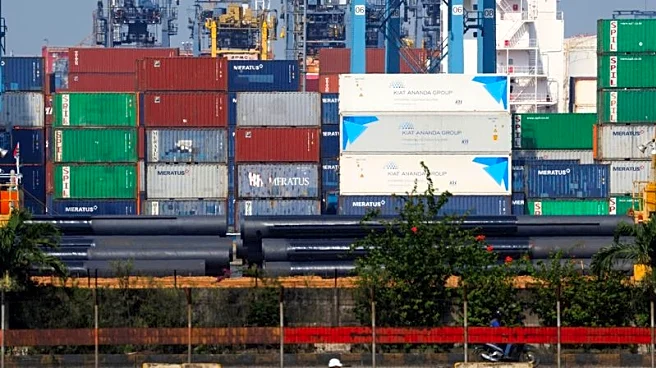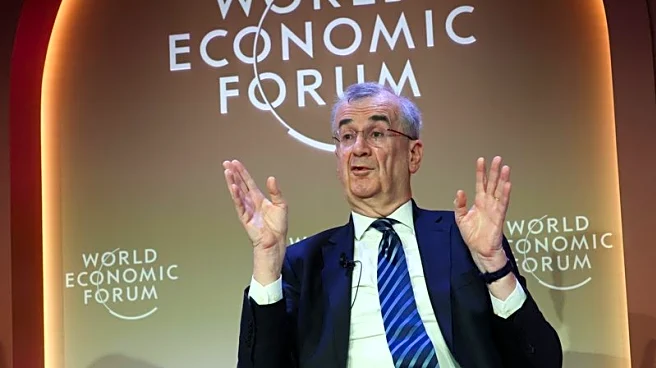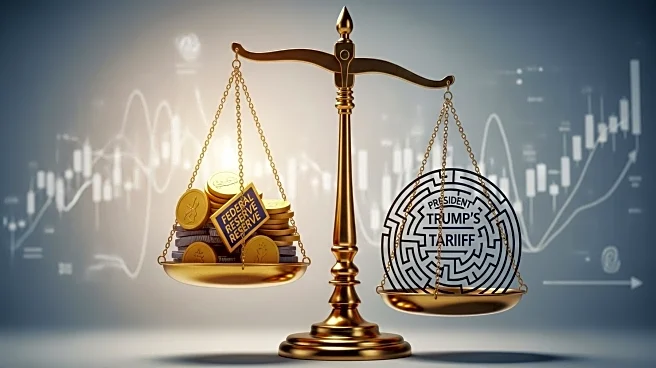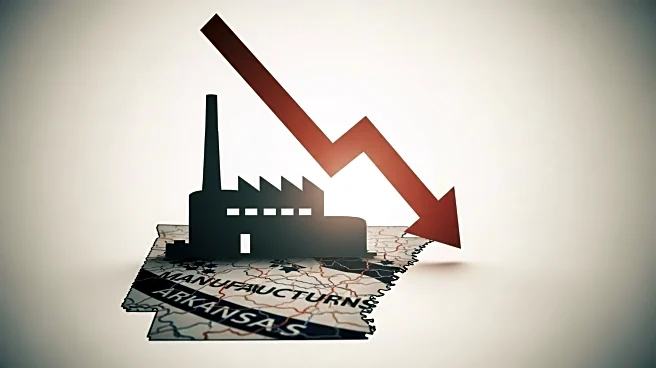What's Happening?
Copper prices have reached their highest level in over a year, driven by supply disruptions and economic forecasts. Benchmark futures on the London Metal Exchange rose above $10,500 per tonne, marking a significant increase. The surge is attributed to Freeport-McMoRan's declaration of force majeure at its Grasberg mine in Indonesia, coupled with supply challenges in South America and Africa. These disruptions are expected to result in a supply loss of 591,000 tonnes between September 2025 and the end of 2026, leading to a projected market deficit of 400,000 tonnes in 2025.
Why It's Important?
The rise in copper prices has significant implications for various industries, particularly those reliant on copper for manufacturing and construction. The supply deficit could lead to increased costs for businesses and consumers, affecting economic growth and inflation. Additionally, the expectation of interest rate cuts in the U.S. may further influence commodity prices, as lower rates typically boost consumption and weaken the dollar, making dollar-priced metals cheaper for international buyers.
What's Next?
The ongoing supply disruptions and economic conditions suggest continued volatility in the copper market. Stakeholders, including mining companies and investors, will need to monitor developments closely. The potential for further interest rate adjustments and their impact on commodity prices will be a key focus, as will the resolution of supply issues at major mines.
Beyond the Headlines
The copper market's shift into deficit highlights broader challenges in global supply chains and the need for strategic planning in resource management. The situation underscores the importance of diversifying supply sources and investing in sustainable mining practices to mitigate future disruptions.











